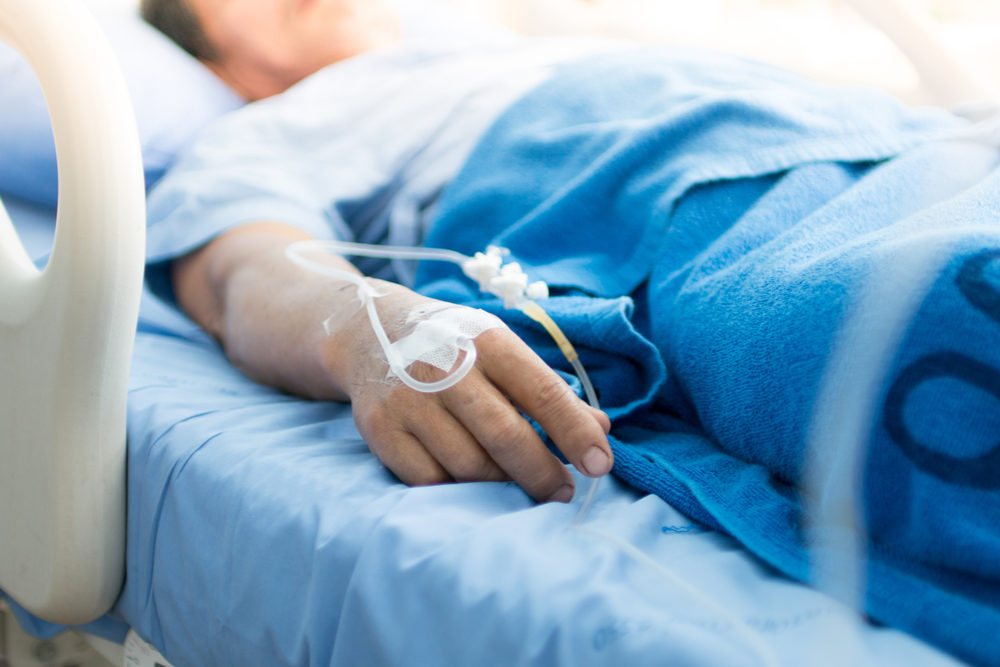Preventable Hospital Errors Identified In Nearly 7% Of Admissions in New Study
More than 400,000 patient deaths are attributed to hospital-related adverse events every year, health experts warn

The findings of a new study suggests that nearly a quarter of all hospital patients experience “harmful” adverse events, but notes that many could have been prevented and were the result of hospital errors.
Harvard researchers published a report this week in The New England Journal of Medicine, which looked at the rates of hospital errors and safety improvements that may help avoid patient harm. It is a follow-up to a similar study they conducted in 1991, which may have greatly underestimated how frequent hospital errors cause adverse patient events.
Based on the findings of this latest study, researchers estimate that nearly 25% of patients admitted to the hospital in the United States will suffer injuries or health problems from drug side effects, surgical complications, bedsores, falls and other complications. However, the researchers determined about 7% of all admissions involving a hospital error that could have been prevented.
Harvard University conducted a Medical Practice Study in 1991 which focused on patient safety, but only found a small percentage of patients suffered injuries from hospitalization-based risks. Researchers undertook this new study focusing on patient safety and adverse events, to see what changed in recent decades.
Researchers focused on the frequency, preventability, and severity of patient harm in a random sample of admissions from 11 Massachusetts hospitals in 2018.
Some Hospital Adverse Events Are Preventable
A total of 2,800 admissions were reviewed by trained nurses, looking for adverse events. According to their findings, 24%, or nearly one-in-four, patients suffered an adverse event after being admitted to the hospital. Of those, 22.7%, or about 222 of the adverse events, were determined to be preventable, and 32.3% had a severity level of serious, which caused substantial intervention or prolonged recovery.
Overall, researchers indicate that about 1% of all admissions involved a preventable adverse event with a severity level of serious or higher, and overall.
However, most of the adverse events patients suffered were considered unavoidable, including side effects from medications or known risks of undergoing surgery.
The most common adverse events, occurring in about 40% of patients, were linked to medications given to the patient by the hospital. Known risks of surgery accounted for 30% of non-preventable adverse events.
About 15% of events were “patient-care events.” These events include falls and bedsores.
Rates of hospital-acquired infections accounted for about 12% of adverse events, which is a decrease from the initial study. In 1991, hospital-acquired infections were the second leading cause of patient harm.
Researchers Struggle to Pin Down Hospital Adverse Event Rates
The 1991 Harvard study found only about 4% of patients experienced side effects after being admitted to the hospital, suggesting a significant increase in the number of adverse events suffered by patients in recent years. However, the 1991 study focused on a smaller number of adverse events compared to the new study. Additionally, hospitals and healthcare employees have become better at reporting adverse events.
In 2011, the findings of another study indicated medical mistakes may be much more common than previously believed, affecting 1 in 3 patients. In contrast, a study published in 2022, indicated the rate of medical errors and adverse events suffered by patients may have decreased over the past decade, leading to fewer complications and infections.

Do You Know About...
Childhood Diabetes Lawsuits Against Junk Food Industry
Lawyers are now pursing financial compensation for families of children diagnosed with Type II diabetes, fatty liver disease and other chronic illnesses caused by addictive and harmful substances in ultra-processed foods.
Learn MoreThe differences may be linked to both better reporting and new technologies, which offer new methods of patient treatment and also open up new avenues for patient harm.
A significant cause of many patient adverse events may stem from an increasing number of patients needing treatment and a lack of staffing to adequately care for those patients. Health experts currently estimate hospital mistakes lead to more than 400,000 deaths every year.
Implementing mandatory staffing requirements and implementing other safety precautions like checklists may help to prevent many of the adverse events that were documented in the study, the researchers concluded.






0 Comments